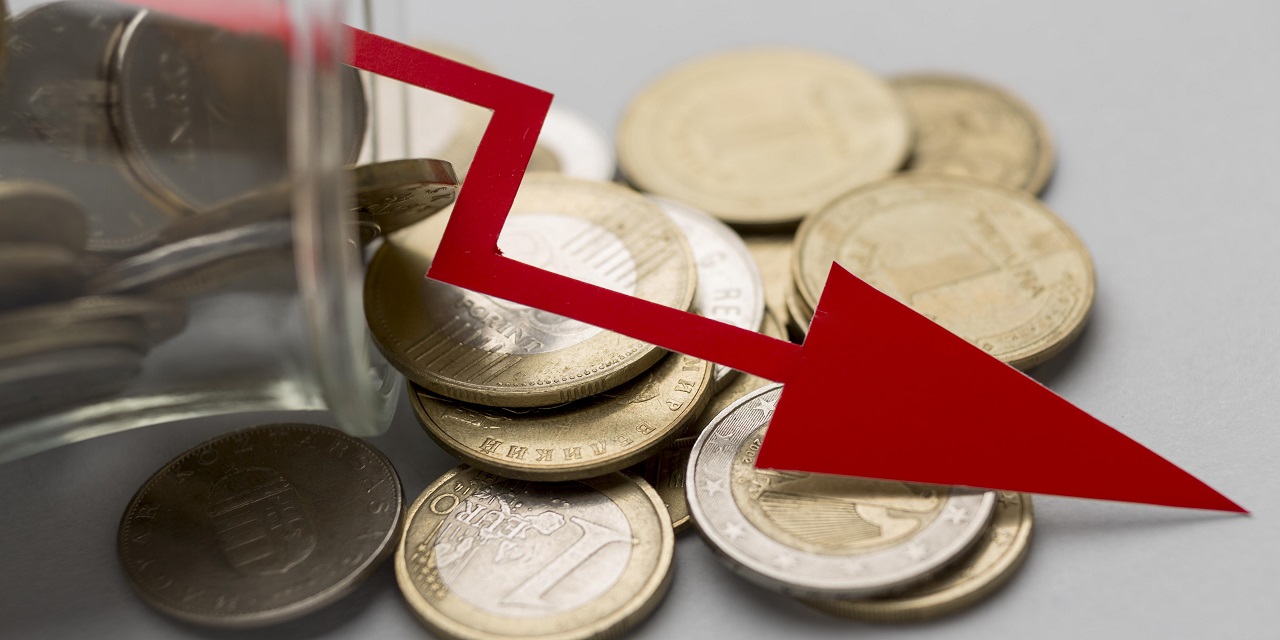-
- Reverse auctions, a procurement strategy where suppliers compete for contracts in descending price order, can be a powerful tool for businesses to achieve significant cost savings, transparency, and supplier competition in a down economy.
- To maximize the benefits of reverse auctions, businesses should focus on clear requirement definitions, supplier pre-qualification, realistic expectations, supplier collaboration, market monitoring, and a holistic evaluation of total cost of ownership while being mindful of potential pitfalls such as strained supplier relationships and sacrificing quality for price.
In times of economic uncertainty, businesses are often forced to find innovative ways to cut costs and improve their bottom line. One such method gaining popularity is the use of reverse auctions. Reverse auctions are a procurement strategy that flips the traditional purchasing process on its head, allowing suppliers to compete for a buyer’s business. This approach can lead to significant cost savings, making it an attractive option for businesses navigating a down economy.
Understanding Reverse Auctions
Before delving into how reverse auctions can help businesses save costs during economic downturns, it’s important to understand the concept. Reverse auctions, also known as e-auctions or competitive bidding, are online events where suppliers compete to win a buyer’s contract.
In a typical reverse auction:
- The buyer posts their requirements, including product specifications, quantities, and any other relevant details.
- Pre-qualified suppliers are invited to participate.
- Suppliers submit their bids, typically in descending order, with the lowest price bid being the most competitive.
- The auction platform allows suppliers to see their competitors’ bids, fostering competition.
- The auction continues for a specified period, usually with rounds of bidding.
- At the end of the auction, the buyer awards the contract to the lowest bidder, assuming all other criteria are met.
Benefits of Reverse Auctions
Reverse auctions offer several benefits, which become particularly advantageous in a down economy:
1. Cost Reduction
The primary advantage of reverse auctions is the potential for significant cost savings. Suppliers are motivated to submit their most competitive bids, driving prices down. In a down economy, where businesses are struggling to cut expenses, this cost reduction can be a lifeline.
2. Transparency
Reverse auctions are highly transparent. Suppliers can see their competitors’ bids, which fosters a sense of fairness and encourages them to offer their best prices. This transparency can also help businesses ensure they are getting the best possible deal.
3. Time Efficiency
Traditional procurement processes can be time-consuming, involving negotiations, requests for proposals, and back-and-forth communication with suppliers. Reverse auctions streamline this process, often leading to faster procurement cycles.
4. Supplier Competition
In a down economy, suppliers may be more willing to compete aggressively for contracts to secure their own revenue streams. This increased competition can benefit buyers, leading to more favorable terms.
5. Supplier Evaluation
Reverse auctions allow buyers to evaluate suppliers not only based on price but also on other factors like delivery times, quality, and service. This holistic evaluation can result in better long-term partnerships.
Strategies for Maximizing Cost Savings
While reverse auctions can offer significant cost savings, success depends on how effectively they are executed.
Here are some strategies for maximizing cost savings in a down economy:
1. Clearly Define Requirements
Before initiating a reverse auction, it’s crucial to have a clear and detailed set of requirements. Suppliers need to understand exactly what is expected of them to submit competitive bids. This clarity reduces misunderstandings and ensures that the bids received are relevant to the buyer’s needs.
2. Pre-qualify Suppliers
To ensure that only reputable and qualified suppliers participate, consider implementing a pre-qualification process. This step can help filter out potential issues and reduce the risk of selecting an unsuitable supplier.
3. Set Realistic Expectations
While the goal is to secure cost savings, it’s essential to set realistic expectations. Pushing suppliers too much on price can have bad results, like lower quality products or damaged relationships.
4. Encourage Supplier Collaboration
Consider involving suppliers in the procurement process early on. Their expertise can provide valuable insights, helping you optimize your procurement strategy and potentially identify additional cost-saving opportunities.
5. Monitor Market Conditions
In a down economy, market conditions can change rapidly. Keep a close eye on market trends and fluctuations to adapt your procurement strategy accordingly. Timing your reverse auctions strategically can lead to even more significant cost savings.
6. Evaluate Total Cost of Ownership (TCO)
Don’t focus solely on the upfront price. Consider the total cost of ownership, which includes factors like maintenance, delivery, and quality. A slightly higher upfront cost may be justified if it results in lower TCO.
Case Studies: Real-World Success Stories
To illustrate the effectiveness of reverse auctions in achieving cost savings during economic downturns, let’s explore a few real-world case studies:
Case Study 1: Automotive Manufacturing
An automotive manufacturing company facing financial challenges decided to use reverse auctions to source raw materials. By inviting many suppliers to compete, they reduced material costs by 10%, which helped them stay competitive in a shrinking market.
Case Study 2: Healthcare Supply Chain
A hospital network in a down economy turned to reverse auctions to procure medical supplies. They reduced costs by 15% and ensured they always had the necessary items for patient care by promoting competition among suppliers.
Case Study 3: IT Services
An IT services provider needed to reduce expenses to weather a tough economic climate. They used reverse auctions to select technology vendors. By focusing on quality in addition to price, they achieved a 12% cost reduction while maintaining service levels.
Potential Pitfalls and Considerations
While reverse auctions offer several advantages, they are not without potential pitfalls:
1. Supplier Relationships
Overly aggressive negotiations in reverse auctions can strain supplier relationships. Maintaining a healthy, long-term partnership with suppliers should be a priority.
2. Quality vs. Price
Balancing quality and price can be challenging. Opting for the lowest bidder without considering quality factors can lead to subpar products or services.
3. Risk Management
In some cases, the lowest bid may not represent the best value when considering risk factors such as supplier stability, geographic location, or geopolitical risks.
4. Supplier Sustainability
It’s important to consider the long-term sustainability of your suppliers. A supplier that goes out of business due to unsustainable pricing can disrupt your supply chain.
Conclusion
In a down economy, businesses face unprecedented challenges in managing costs and maintaining profitability. Reverse auctions offer a powerful tool to help organizations achieve substantial cost savings while maintaining transparency, efficiency, and supplier competition.
However, it’s crucial to approach reverse auctions strategically, balancing cost savings with other critical factors like quality and supplier relationships. Businesses that use innovative procurement strategies like reverse auctions can thrive in challenging economic conditions. Organizations can use reverse auctions to save money and become more sustainable by learning from success stories and following best practices.












